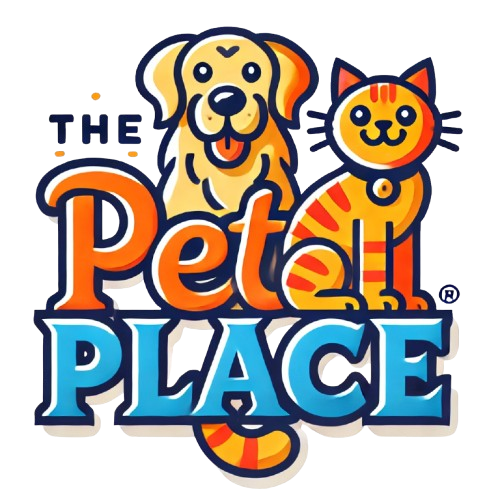In a world overwhelmed by technological advances and fleeting distractions, the simple act of a dog choosing to rest on your lap stands as a profound gesture of trust and love. These tiny companions are more than just adorable creatures; they embody a deep yearning for closeness, emotional refuge, and unwavering loyalty. Their predilection for lap sitting transcends mere comfort — it is a language of affection that speaks volumes about their relationship with humans. Such dogs often become not just pets but confidants, turning every lap into a sanctuary of warmth and connection.
What makes these dogs uniquely compelling is their ability to communicate through proximity. When a small dog curls up on your lap, it isn’t simply seeking physical warmth but also emotional security. In our modern society, where loneliness and disconnection can flourish, these petite animals serve as living reminders of the importance of companionship. Their love for lap cuddling is rooted in a desire for intimacy, and it reflects their trusting nature, which should be appreciated rather than dismissed as mere possessiveness or clinginess.
The Breed Spectrum: From Regal Elegance to Playful Devotion
A significant aspect of the lap dog phenomenon is the diversity of breeds that adopt this affectionate habit, each bringing a distinct personality and temperament to the table. At the forefront is the Cavalier King Charles Spaniel, exemplifying the quintessential gentle and eager-to-please lap dog archetype. Their delicate size combined with their innate love for human contact makes them natural companions who see laps as a throne of affection and security. These dogs excel at turning every cuddle session into a bonding ritual that heightens emotional intimacy.
Similarly, the tiny but fiercely loving Chihuahua may be underestimated based on its stature, yet it proves that size does not diminish the capacity to form strong emotional bonds. With their desire to nestle under blankets or close to their owners, Chihuahuas demonstrate that their need for security far outweighs their feisty exterior. Their loyalty and tiny, warm bodies make laps the perfect refuge for these bold yet affectionate dogs.
The Pug and the Bichon Frise showcase different facets of lap-loving behavior. Pugs, with their laid-back temperament and expressive faces, revel in human closeness, often smooshing their adorable features against their owners. They are the epitome of the cuddle bug, thriving on attention and warmth. Bichon Frises, with their velvety soft coats and bubbly personalities, are natural-born lap sitters who seek constant interaction and affectionate contact, turning every quiet moment into an opportunity for connection.
Aside from these, breeds such as the Maltese and Shih Tzus have centuries of history as dedicated lap dogs. Their delicate frames and gentle dispositions make them ideal companions for those seeking tender, uninterrupted closeness. The Maltese, with its silky coat and affectionate nature, seems designed for lap lounging. Shih Tzus, bred as companions, possess a calm demeanor and a love for pampering that turns laps into cozy thrones of comfort.
Even more surprising are breeds like the Yorkshire Terrier and the French Bulldog. Despite their contrasting appearances and temperaments, both demonstrate an intense love for human contact. Yorkies, with their shiny coats and energetic spirits, are quick to seek the warmth of a lap after their periods of activity, while French Bulldogs, with their sturdy build and easygoing personality, prefer laps as their favorite resting spots for social bonding.
The sleek elegance of Italian Greyhounds reveals an unexpected softness; their thin, fragile bodies crave warmth and closeness, making laps their preferred cozy retreat. Meanwhile, Pomeranians and Havanese exude vibrancy and friendliness, prominently displaying their love for cuddles through spontaneous jumps into laps or gentle nuzzles that communicate their need for love.
The Deeper Meaning Behind the Snuggle
What unites all these breeds is a shared desire for connection, trust, and security. Choosing a lap over a bed isn’t merely about comfort; it is a statement of their social nature and their innate need to be near humans. For these dogs, being on your lap is akin to wearing their heart on their sleeve — a true testament to their loyalty and attachment.
To owners, these moments are priceless. They forge bonds that transcend words, creating a relationship rooted in mutual comfort and understanding. These lap dogs teach us that affection need not be grandiose or ostentatious but can be found in the quiet, simple acts of curling up and sharing space. Their love is pure, unwavering, and unconditional, making them the perfect companions for anyone seeking genuine emotional intimacy.
Furthermore, these dogs remind us of the importance of slowing down and savoring small gestures of love. In their eager, unwavering devotion, they inspire us to become more attentive, nurturing, and present. The lap becomes a sacred space where both human and dog experience a moment of tranquility amid life’s chaos. Through such intimacy, they redefine what it means to be truly connected.
In embracing these lap-loving breeds, we welcome into our lives not just adorable pets but true partners in sharing warmth, trust, and unconditional love. In every snuggle, they silently whisper that the greatest joys often come in the simplest forms — a warm lap, a gentle touch, and the unwavering bond of companionship.


Leave a Reply